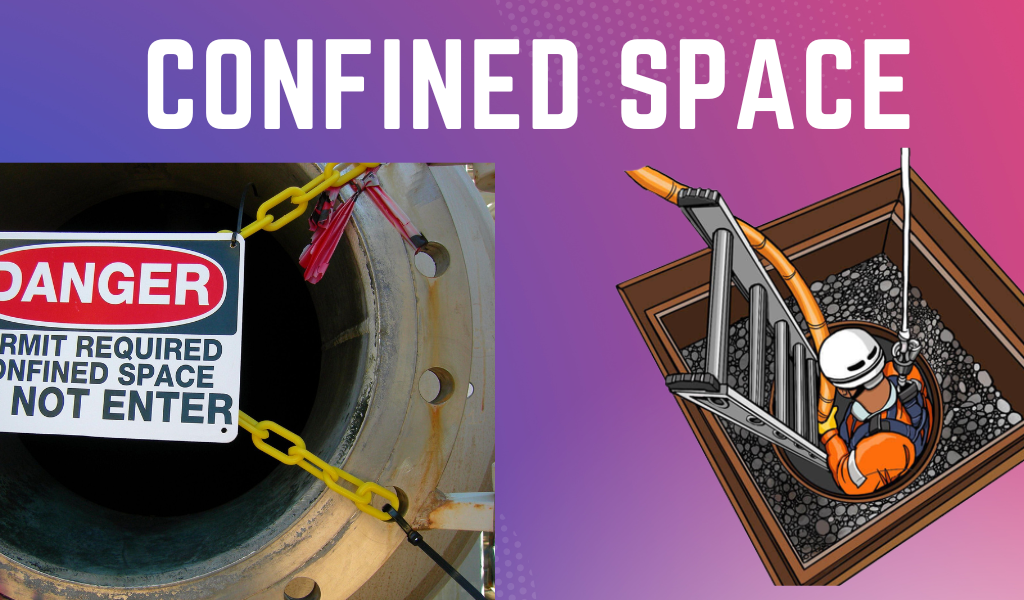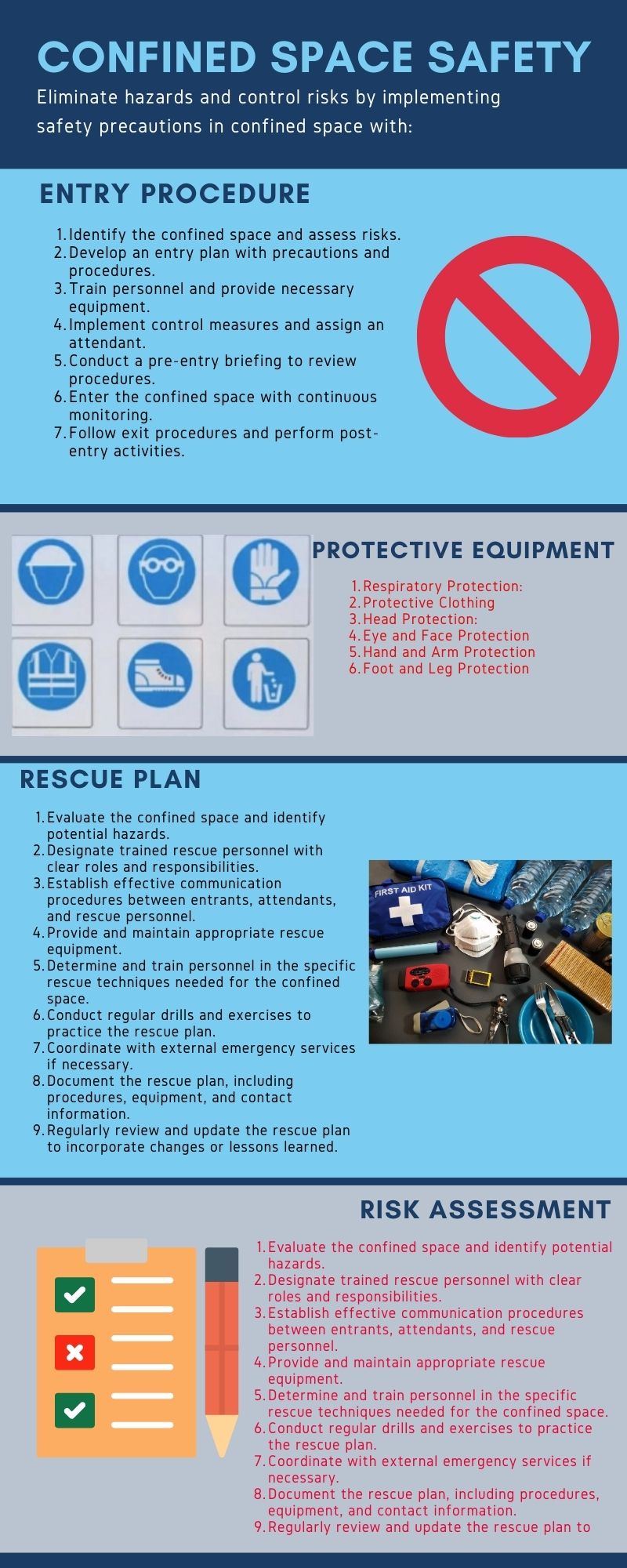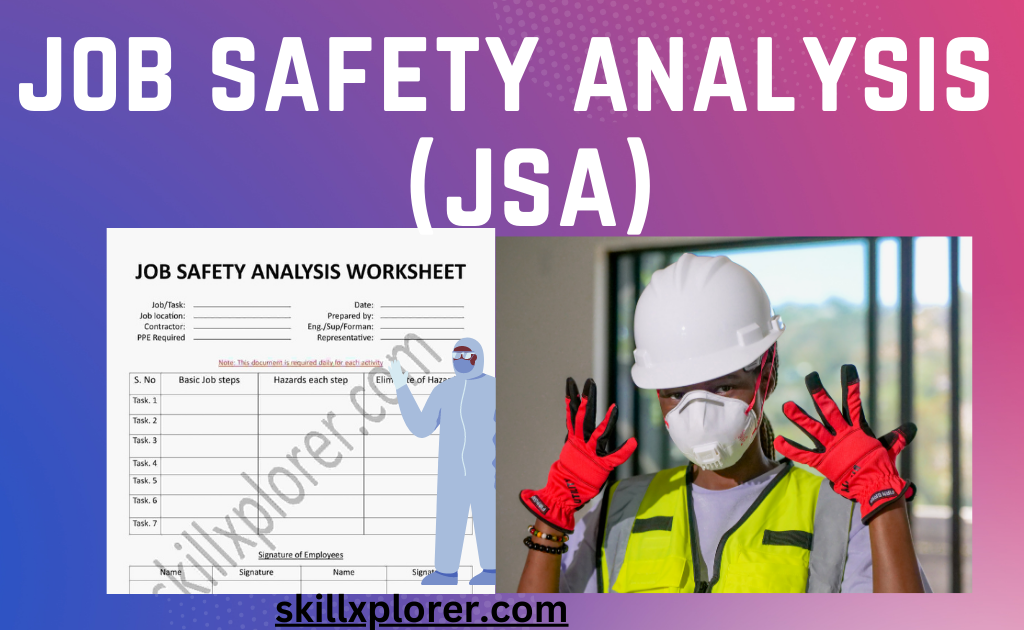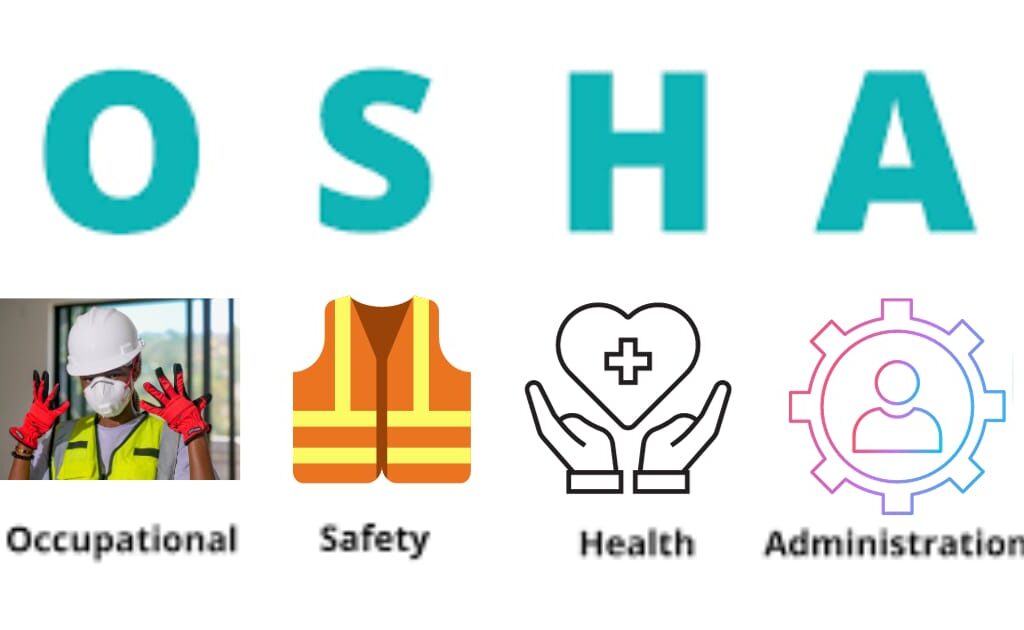Introduction of Confined Space Safety, Hazards and Precautions
Working in confined spaces is very risky, and unfortunately, many workers get injured or die each year due to these dangers. Surprisingly, about 62% of the fatalities in confined spaces happen to those trying to rescue them, which shows how complex and dangerous these situations can be. Confined spaces are even more hazardous than regular workspaces for various reasons.
To effectively control and reduce the risks of working in confined spaces, it’s important to have a specific program for assessing and managing the hazards in your workplace. This program should follow the regulations and guidelines applicable to your area. Keep in mind that confined space regulations may vary slightly between different jurisdictions in world.
Before creating your confined space hazard assessment and control program, it’s recommended to review the regulations and guidelines that apply to your workplace. These rules provide crucial instructions on how to enter and work safely in confined spaces while minimizing risks to workers’ health and safety. Understanding and complying with these regulations is essential to ensure a safe working environment.
If a confined space cannot be made safe for workers even with precautions, they should not enter until additional measures are taken to ensure safety. It is important to treat all confined spaces as hazardous unless a qualified person has determined otherwise after conducting a risk assessment.
What is confined space?
A confined space is an area in a workplace that workers can enter to perform specific tasks, even though it isn’t primarily designed for continuous human occupancy. It has limited or restricted entrances and exits, which can complicate emergency response activities. Entering a confined space can pose risks to health and safety due to factors such as its design, construction, location, atmosphere, materials, substances, or the presence of mechanical, process, and safety hazards. Confined spaces can be found in various workplaces, both above and below ground.
These spaces have limited entry or exit points Examples include silos, tanks, pipes, manholes, and storage bins. Ditches, wells, trenches, barges, shipping containers, and fish holds can also be considered confined spaces in certain situations.
Due to the potential risks involved, it is important to follow specific safety measures to protect workers’ well-being when working in confined spaces.
What are the hazards in a confined space?
Hazards in a confined space are more dangerous than in a regular workspace.
Hazards in confined space:
1. Poor Air Quality
- Lack of oxygen for the worker to breath
- The presence of toxic gases in confined spaces can cause problems and make workers ill.
2. Toxic gases can harm workers in confined spaces through skin contact, ingestion, or inhalation.
3. Flammable liquids, gases, and combustible dusts in confined spaces can create a fire hazard, potentially leading to explosions.
4. Process-related hazards in confined spaces include the presence of residual chemicals or the release of contents from supply lines.
5. Physical hazards in confined spaces encompass factors like noise, heat, cold, radiation, vibration, electrical issues, and inadequate lighting.
6. Safety hazards in confined spaces involve risks associated with moving equipment parts, structural hazards, engulfment, entanglement, slips, and falls.
7. Vehicular and pedestrian traffic can pose hazards in confined spaces.
8. The shifting or collapse of bulk materials in confined spaces can result in engulfment.
9. Barrier failure in confined spaces can lead to floods or the release of free-flowing solids or liquids.
10. Reduced visibility, caused by factors such as smoke particles in the air, is an important concern in confined spaces.
11. Confined spaces may harbor biological hazards, including viruses, bacteria from fecal matter and sludge, fungi, or molds, which can pose health risks to workers.

Image source: www.hseblog.com



 Thank you
Thank you

